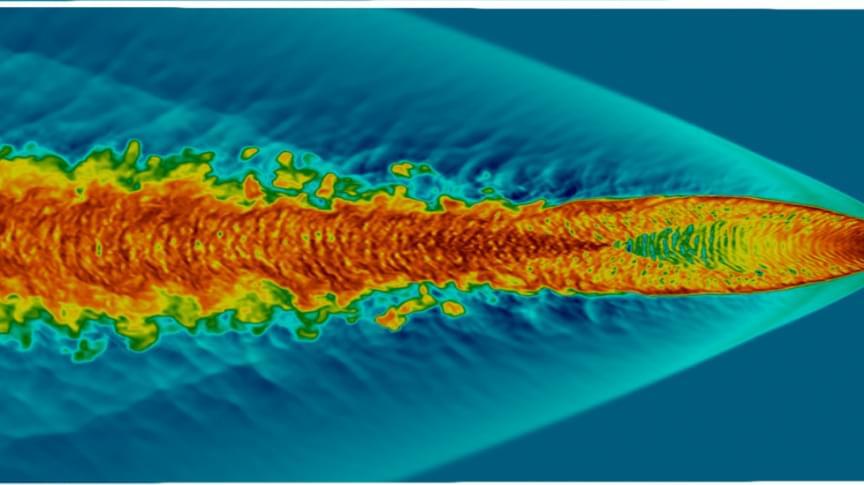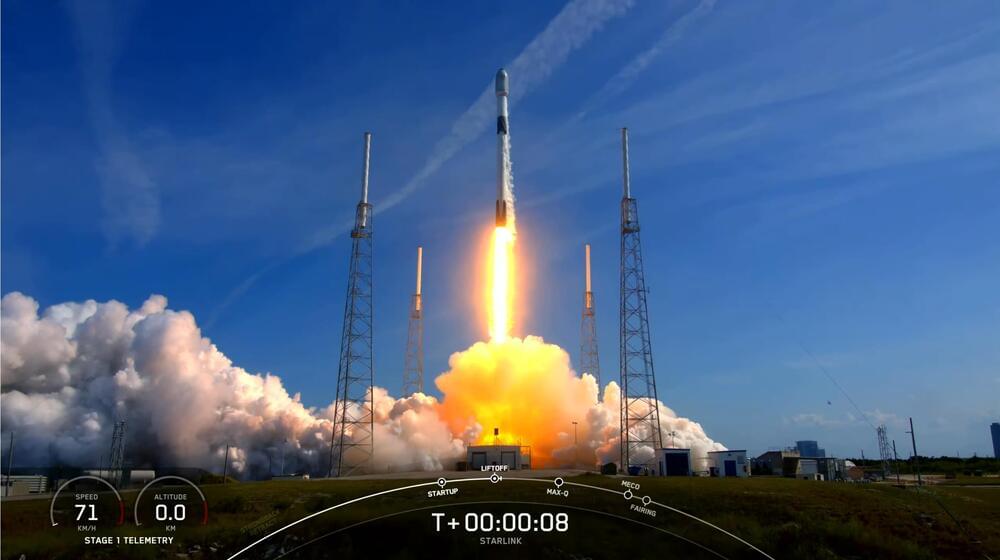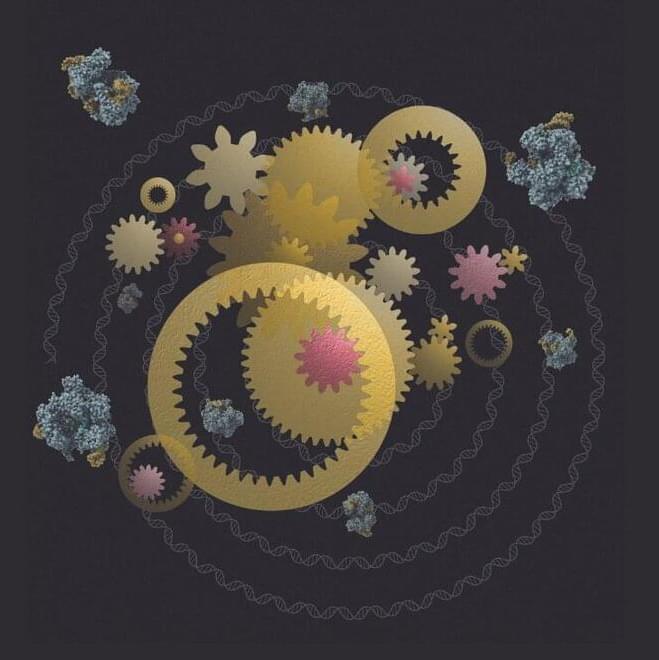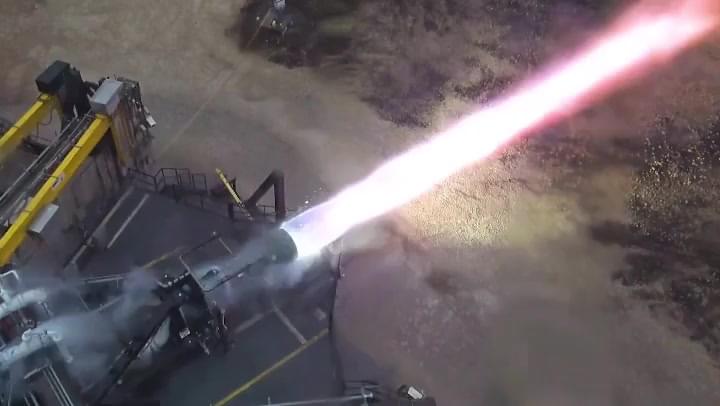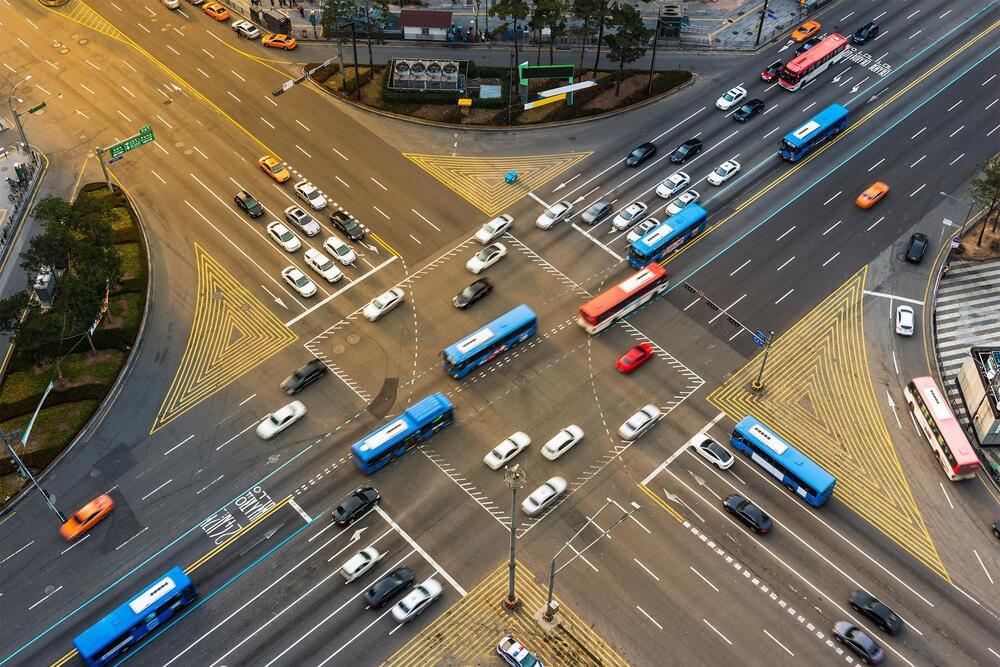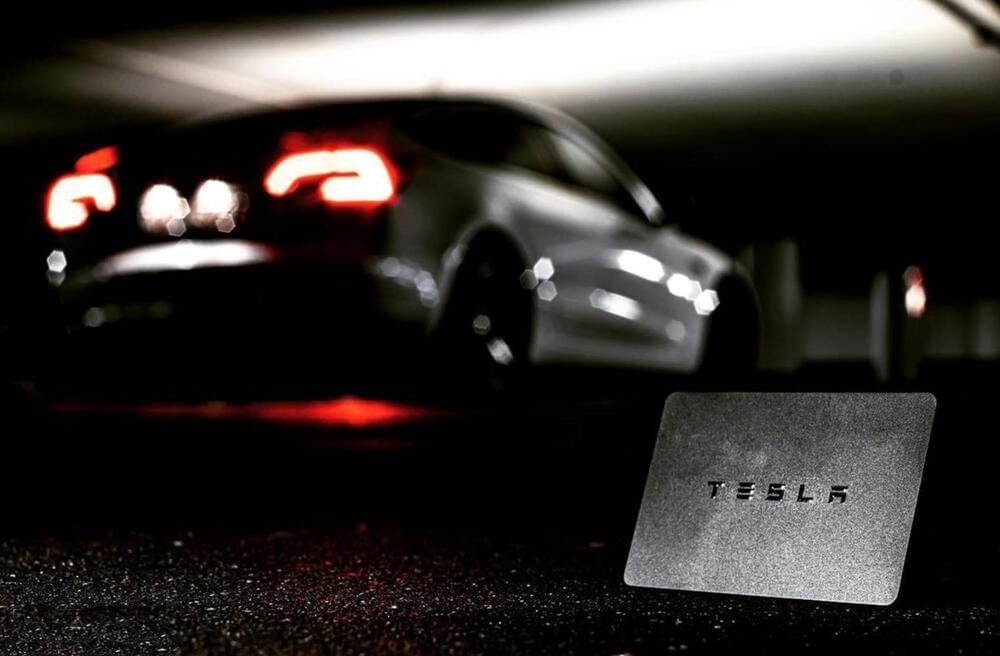
Teslas are among the most susceptible vehicles to be hacked due to their Bluetooth locks, cybersecurity firm NCC Group said. The cars can be remotely unlocked and controlled by hackers that can exploit a vulnerability in the Bluetooth system’s security, the group said.
NCC Group researcher Sultan Qasim Khan was shown in a video opening, then driving a Tesla using a small relay device attached to a laptop. The device bridged a large gap between the Tesla and the Tesla owner’s phone, Reuters said.
“This proves that any product relying on a trusted BLE connection is vulnerable to attacks even from the other side of the world,” NCC said in a statement. BLE means Bluetooth Low Energy, and is a technology utilized in vehicles and Bluetooth locks that will automatically unlock or unlatch when an authorized device is nearby. While it is a convenience feature, it is not immune to attacks, which was the point of NCC’s experiment.
